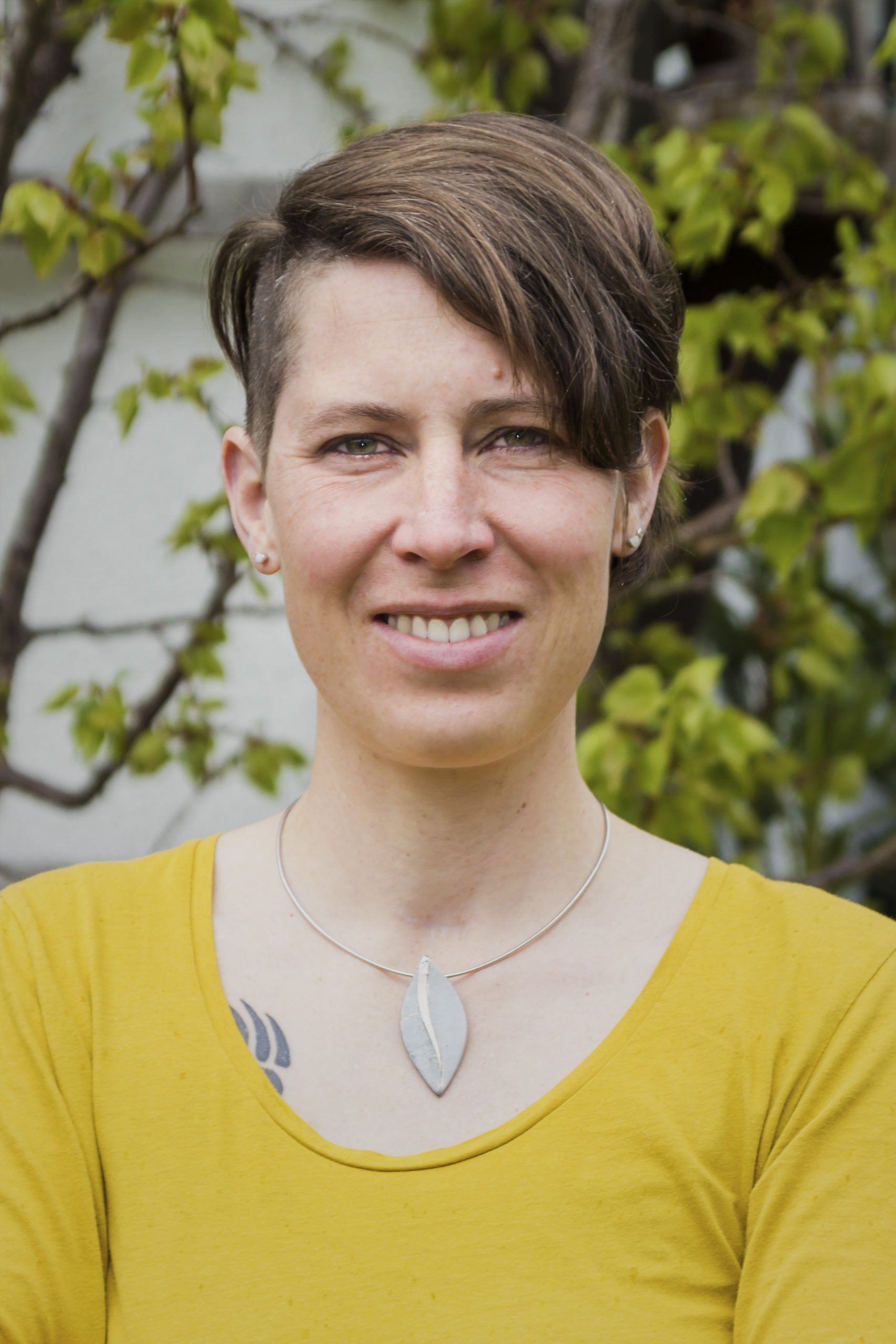[German title: Intersektionalität – Von der Antidiskriminierung zur befreiten Gesellschaft? By Christopher Sweetapple, Heinz-Jürgen Voß and Salih Alexander Wolter. Schmetterling Verlag 2020.]
Review by Birgit Hofstätter
During my studies I have come to read texts by Heinz-Jürgen Voß for better understanding the diversity of sexes and genders. Now that I attend a training course in sex education I benefit even more from his work. Professor of sexology and sex education, Heinz-Jürgen Voß advocates sex education that is informed by intersectionality. Both co-authors, Christopher Sweetapple and Salih Alexander Wolter, are experts on queer activism. Therefore, despite the rather general title of the volume, readers of this book have to expect such a focus. Furthermore, readers who in view of the title might hope for a detailed introduction to the concept of intersectionality might be disappointed. In contrast, it will be helpful to have read some introduction on intersectionality in advance.
The strength of the book is a transfer of theory in practice. It presents a study on initiatives, associations and minority organisations counselling and attending to clients confronted with multiple dimensions of discrimination and exclusion. Key interest of the study was the extent to which the initiatives were sensitive and/or confronted with sexual violence their clients have experienced. Interviewees answered questions on how they understood intersectionality in the context of their institutions, how they applied intersectionality in their work with clients, and what they considered boundary violations in their specific social contexts.
In the introduction the authors describe intersectionality as a powerful and promising term that may be able to integrate feminist, anti-racist and anti-capitalist movements. In order to understand how different forms of oppression interact, the authors suggest following the metaphor of distinguishing climate and weather rather than viewing the two-dimensional convergence of forms of oppression as intersections. This would allow to differentiate between individual experience of discrimination and exclusion (weather) and the rather complex interplay of institutionalised oppression (climate). This would foster an analysis of the broader context oppression is experienced in.
As already pointed out above, following the authors’ expertise on genders and sexualities, the study presented in this book focuses on the context of sex education, particularly on the issue of preventing/dealing with sexual violence. Sexual health, as defined by WHO, is not the absence of illness and disorders but physical, mental and social well-being. The authors describe how sexual health is affected by various social dimensions like socio-economic status, immigration, flight and ethnicity, gender and sexual orientation. This leads to the necessity of an intersectional view in initiatives and associations working with refugees for instance.
The interviews in the study show that explicit intersectional initiatives emerge from lack of and need for them. Already established organisations focussing on a particular target group often are blind for intersectional context (e.g. racism and homophobia). New initiatives seek to establish community and empowerment at first, only then political and pedagogical activities follow. They have an understanding for intersectionality and express a respective theoretical background whereas established organisations hardly have a sense for the challenges of multiple belonging. Interviewees state that reflected experience in regard to multiple belonging, discrimination and exclusion is a key resource for intersectional initiatives. Intersectional initiatives also have a broad understanding of boundary violations, however the interviewees of this study feel not equipped to deal with experience of sexual violence.
The study shows that intersectional initiatives are struggling to get permanent and substantial funding. One reason is stated to be that funding programmes work rather mono-disciplinary and that intersectional initiatives do not easily fit in. Intersectional work is involving, requires more time, more communication. Therefore, due to limited human resources for writing applications for broader funding, intersectional initiatives are inferior to established, mono-disciplinary, particularly male dominated, organisations.
The results of the study suggest that in order to implement an intersectional approach in organisations working in social and pedagogical fields funding programmes have to be adapted. One measure could be to demand a reflection of racism through the terms of funding (similarly to the requirement of gender mainstreaming). Simultaneously, administrative structures have to reflect institutionalised racism and acquire an awareness of multiple belonging. Furthermore, it takes a revision of educational material to minimise discrimination and boundary violations.
In their last chapter, the authors define intersectionality as ‘teaching of oppression’ through which different experience of discrimination and exclusion can be examined and understood. The challenge is to reflect on how our own multiple belonging is concerned with mechanisms of power and exploitation. This requires reflecting our (inter-)dependencies within the capitalist social order. Simone de Beauvoir already described the catch of middle-class women finding their privileges tied to their husbands and therefore being reluctant to solidarise with the fight of working-class women. This is only one example of why there cannot be one feminist movement, uninformed by intersectionality. To find common ground to ‘join arms’, to put it militantly, it takes self-reflection and an understanding of one’s multiple belonging. The authors encourage to learn from activists and academics, particularly women and queer people of colour.
Working for an established, white and predominantly hetero-feminist women’s association I consider the insights highly valuable as an impulse for reflecting on common practice and on how to implement an intersectional view within the organisation itself in the service of future clients. This book is a must-read for established organisations with true aspiration to become aware of intersectionality.
Birgit Hofstätter, born and raised into a white middle class family in rural Austria, moved to Graz to study (teaching degree for secondary school in philosophy, psychology, pedagogics, and English, master in gender studies, PhD in science, technology and society Studies – interdisciplinarity seems to be their DNA), returned to rural home after 17 years where they currently manage a well established (25 year old) women’s association.

